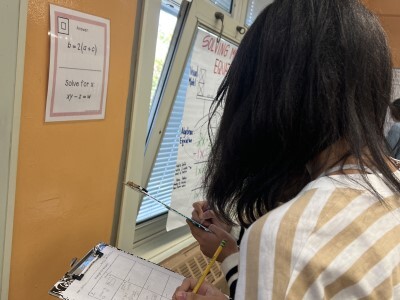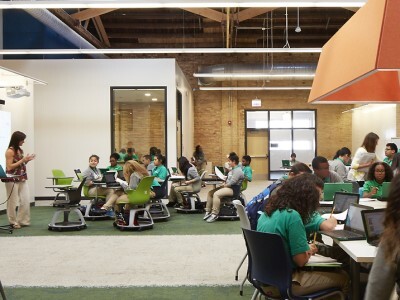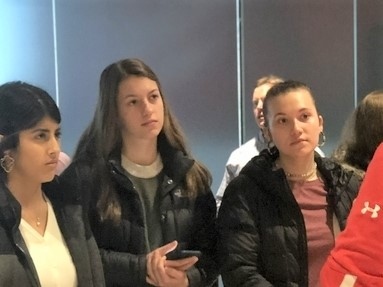How Self-Paced Learning Creates Learner Agency for Students
Topics
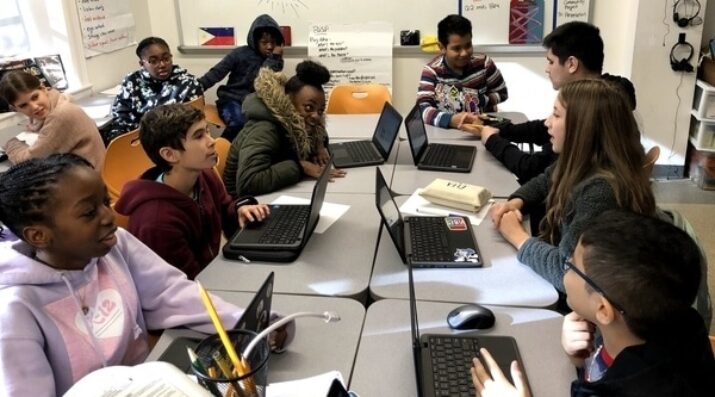
We’ve all had the experience of truly purposeful, authentic learning and know how valuable it is. Educators are taking the best of what we know about learning, student support, effective instruction, and interpersonal skill-building to completely reimagine schools so that students experience that kind of purposeful learning all day, every day.
Self-pacing makes room for flexibility for diverse learning styles, promotes mastery over memorization, encourages ownership of learning, and reduces anxiety and comparison.
Have you ever explained the directions for an activity really well but you found that the majority of students did not understand your directions for the assignment? Well, I know I have been down that road too many times to count! I was starting to get frustrated and the students were getting frustrated too. It was as if I was speaking a foreign language to my students that only I could understand. I was determined to solve this problem, especially being a science teacher who did labs weekly.
I had to go back to the drawing board and reimagine how I was going to reach my learners. I knew that the traditional model for teaching was just not working for my classroom. I also knew that whatever I was going to do had to be something drastically different from what I was currently doing. I had to dare to be different and step out of my comfort zone. This led me down the path of engaging in Freedom Dreaming. This is a concept that I learned from the Black Teacher Project. As I was dreaming, I began to imagine a classroom where every student could move at their own pace. One where it was not a race to the top or a situation where a child was left behind. I needed all of my learners to be able to progress in a way that made the most sense to them within the given parameters of the lesson. I woke up from that dream realizing that self-paced learning was the promise that I needed to give to my learners.
The self-paced learning model respects individual learning styles, life circumstances, and prior learning.
As educators we all have been told that we must differentiate our lessons to meet the needs of each learner. The lingering question for me was always “But how?” I started researching self-paced learning. Self-paced learning allows students to control the speed at which they move through the learning process. This was a far cry from the traditional “one-size-fits-all” approach. The self-paced learning model respects individual learning styles, life circumstances, and prior learning.
Self-pacing makes room for flexibility for diverse learning styles, promotes mastery over memorization, encourages ownership of learning, and reduces anxiety and comparison. Three years ago I started implementing a self-paced model that I stumbled upon in the weirdest way. It was almost as if the heavens opened and fed me manna. I was in the thick of my research into self-paced learning when one day I received an email from The Modern Classrooms Project. In this email they were offering a program that partnered with Screencastify. At the time, I was an avid user of Screencastify. The Modern Classroom was offering a scholarship to train educators on their model; unfortunately I was not chosen to receive a scholarship. I was put on the dreadful wait list. But the email also contained links to learn more about their program.
My students started thanking me for allowing them to work at their own pace.
At that point I had nothing to lose and was very eager to learn how to transform my classroom. I made the most critical decision of my life and that was to join the Modern Classroom Facebook group. Once I joined the group I fell in love and quickly found another way to enter into their mentorship program. I applied directly to the mentorship program on their website. Once I finished the program I immediately started implementing self-paced lessons into my classroom. I started with one lesson and over time built out my repertoire. I noticed this organic and collective change in mindset in my classroom. My students started thanking me for allowing them to work at their own pace. I was no longer holding students back who were able to move forward and delve more deeply into the lesson content and in the very same moment I was able to support my learners who needed my attention and assistance. I was able to meet my learners where they were.
Next, I redesigned my classroom and had stations. Each station was an area for students who were working on the same component of the lesson to collaborate. It was not a requirement to work together but they had to sit together. This structure allowed students to become peer mentors. I was able to work with small groups and conduct labs with one group of students at a time. I was in heaven. My students were thriving. I was no longer repeating the same directions over and over again. Labs in my classroom were made easy because I was working with them in small groups.
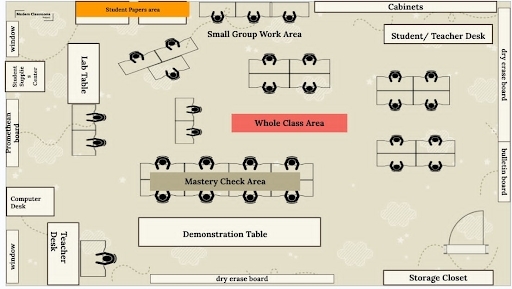
Credit: Dr. Cecilia Gillam
How did I make all of this happen? I gave my students a lesson tracker that contained soft deadlines and hard deadlines. I had embedded checkpoints and daily reflections that my learners had to fill out. I provided the students with daily feedback and offered encouragement frequently. What I found was that I had built a community of students who were now more determined than ever to complete their given assignments. Students also knew if they were absent they could quickly rejoin the class and not feel overwhelmed or lost.

Credit: Dr. Cecilia Gillam
Here are some great tips that I know I wish I had.
- If you truly want the self-paced model to work in your classroom you have to set aside time up front to train your learners on how to do self-pacing within the context of your classroom. Never assume that they know. Train them on how your LMS will be set up. Give them tools for monitoring their progress through the lesson.
- Allow learners the time to do daily reflections of where they are in the learning process. There will be pitfalls as you begin implementing but remember to stay consistent and learn from the mishaps with your learners.
- Remember self-paced learning isn’t just a trend, rather it is a path to equity and empowerment.
Whether you are a teacher, student, parent, or some other stakeholder, embracing a self-paced approach will transform the way you think about success in education.
Photo at top courtesy of Emily Culp, a 2019-20 Modern Classrooms Project Fellow.


